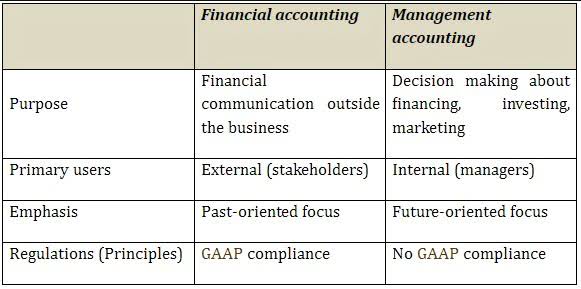
Liabilities represent debts or monetary obligations that arise during the course of business operations, such as loans, accounts payable, mortgages, Medical Billing Process deferred revenues, or bonds payable. These obligations are settled over time through the transfer of economic benefits including money, goods, or services. Current liabilities are a company’s short-term financial obligations; they are typically due within one year.
Upcoming Events
- In a financial context, it is recorded on the right side of a balance sheet, opposite assets.
- Similarly, all other liabilities not required to be paid within the next 12 months shall be categorized as long-term liabilities.
- In the realm of economics and finance, a liability refers to a legal and financial obligation that an individual, company, or other entity owes to another.
- It invoices the restaurant for the purchase to streamline the drop-off and make paying easier for the restaurant.
- These loans help fund operations or expansions for individuals and businesses.
- They can include a future service owed to others such as short- or long-term borrowing from banks, individuals, or other entities or a previous transaction that’s created an unsettled obligation.
These two classifications appear in the following example balance sheet. This is because the What is bookkeeping business is obligated to provide the service or return the funds. The debt-to-income ratio shows how much of your income goes to paying debts. You can find it by dividing total liabilities by total assets. For example, Annie’s Pottery Palace has $7,000 in debt and $22,000 in assets.
Importance of Liabilities for Small Businesses

This liability is recorded on the business’s balance sheet and affects the company’s financial health and liquidity until it is fully repaid. These expenses show up on your balance sheet under current liabilities. They help track financial obligations during a specific period. Businesses often use them to account for payroll or property taxes due later. Investors and creditors analyze current liabilities to understand more about a company’s financials.

PwC Tax
It’s a normal part of how things work and it’d be almost impossible for a business to exist without them. Businesses record liabilities on the company’s balance sheet and record expenses in income statements. This form of liability is less risky as the time of payment is shorter and immediate. It is easier for a company to pay a debt in three months than to meet up with debts extending beyond a year or even more.

Cash Management

Non-current liabilities are debts or obligations you owe that are not due within a year. These often include loans, bonds payable, and deferred tax liabilities. For example, home mortgages and car loans with long payment terms fall into this category. When presenting liabilities on the balance sheet, they liabilities in accounting must be classified as either current liabilities or long-term liabilities.
